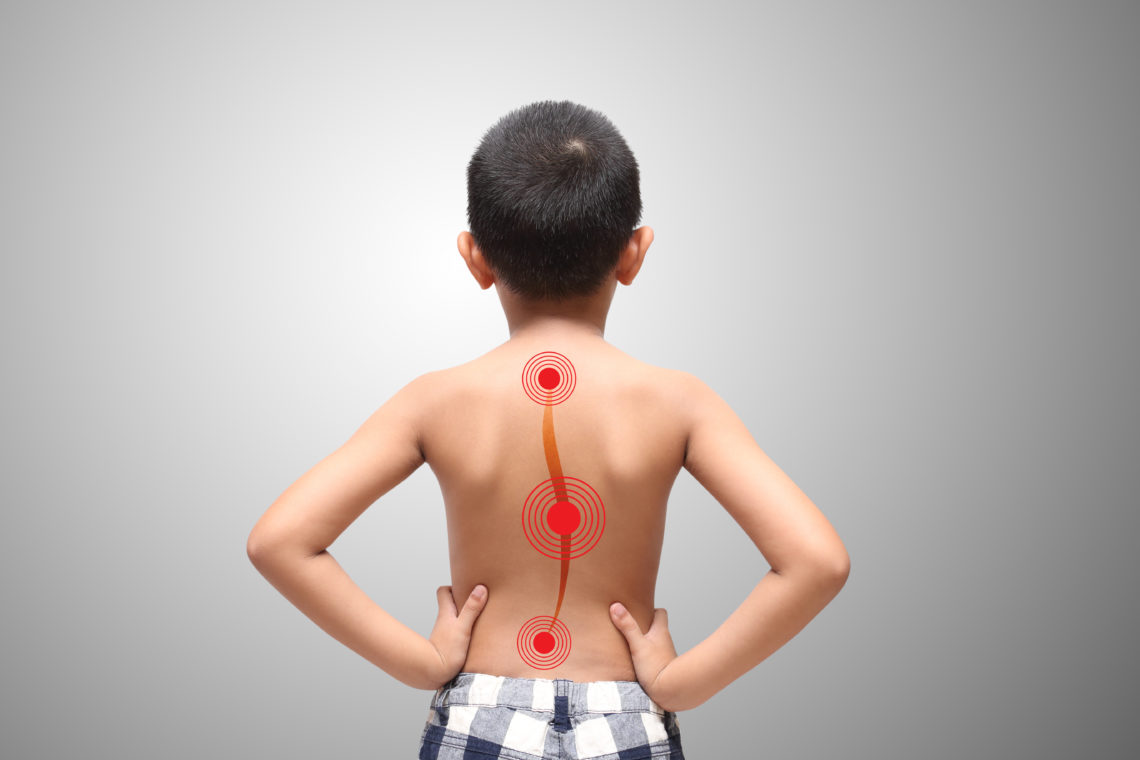Your child’s spine is growing and changing rapidly. Pain and discomfort in the back can be a sign of scoliosis, a sideways curvature of the spine that does not correct itself as your child grows. These symptoms may even make it hard for them to play or do their homework.
If your child experiences symptoms in their back, it could be a sign of scoliosis. Children with this condition can have an increased curve or their spine grows more quickly on one side than the other. They might feel pain when they try to exercise, such as playing sports or running around during recess. It’s also common for them to complain about stiffness that makes it hard to play or do homework.
When Should You Get Your Child Checked Out?
If your child experiences any of these symptoms, along with the neck, middle, or lower back, you should schedule an appointment with their doctor to look for the reasons and possible management options. The earlier you catch scoliosis, the easier it will be to treat because there are many ways to prevent further complications. In severe cases, especially in the thoracic area, patients may have long-term complications resulting from maldevelopment of lungs and other organs. For example, they might prescribe your child a back brace to help correct the curve and take pressure off their spine. They can also suggest exercises or stretches they can do at home as well.
In severe cases, extensive surgery may be required that involves placing rods in the spine to try to straighten it.
How Do Scoliosis Back Braces Work?
Scoliosis back braces work by pulling the shoulder blades together and down to help reduce any further curvature that may be forming. They also support the spine, which can prevent any discomfort associated with scoliosis. Many people think that back braces are only for children, but they can also help adults with scoliosis relieve pain and protect their backs as well.
Types of Scoliosis Back Braces
Scoliosis back braces can come in a few different types, such as:
• Hardshell Braces – These are the most common and effective. They cover your child’s entire spine to help reduce any curvature that may be forming. These hardshell braces also work by pulling their shoulders down and giving them more support for an active lifestyle.
• Soft Shell Braces – Similar to those you might find at school, soft shell scoliosis back braces only cover part of the spine, usually from their hips up. This can be a great option for those who want to wear a more discreet brace without compromising on support.
• Thermoplastic Braces – These braces are made from a soft thermoplastic material that is molded around your child’s body. While this type of scoliosis back brace doesn’t provide as much support for active children, it does allow them some flexibility and movement, so they don’t feel stiff or uncomfortable all day long while wearing it.
• Hip Scooters & Girdles- These special bracing types help with milder scoliosis caused by pulling one side of your hip inward toward the other.
Can Scoliosis Pain Be Prevented?
As mentioned earlier, the best way to manage scoliosis pain is by catching it early and providing treatment such as a brace or exercises for your child.
We also recommend monitoring their posture throughout the day, so they don’t slouch or lean forward too much.
If you are concerned about your child’s back symptoms, you should make an appointment to see a qualified physician. At the Pain and Spine Center, we offer comprehensive management protocols for such patients.




